5. Fritz Lang
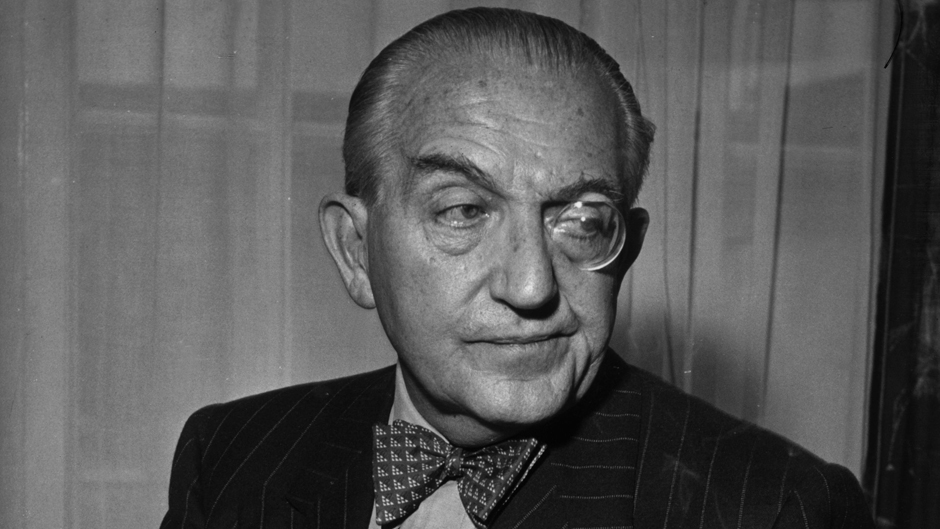
Friedrich Christian Anton Lang is considered one of the greatest directors of the classical German and Hollywood cinemas. Regarding formal aspects, Lang is mainly known for his intense visual style, which is characterized by geometric compositions using expressionist lightning effects in order to create a fatalistic and ensnaring world. He began his career as scriptwriter in 1917, but in 1920 he attained a huge commercial success directing “The Spiders.”
After being forced into exile by the Nazis, Lang ended up in Hollywood in 1934. There’s an interesting interview on YouTube in which William Friedkin asks Lang about the moment when Goebbels wanted him to work for the Nazis; if you haven’t watched it yet, go ahead and enjoy Lang’s compelling narration.
In exile, Lang occasionally worked without a studio contract and attempted to educate people about fascism with four anti-Nazi films, including “Hangmen Also Die!” (1943) and “Ministry of Fear” (1944). He appears in Godard’s “Contempt” (1964) as an unsatisfied Hollywood director.
Although some of the critics believe Lang went into decline after his German films, auteurist and feminist readings have restored his American work. People reevaluated his contribution to the anti-Nazi film cycle and to film noir.
Lang’s Hollywood films masterfully show his dark vision the American bourgeoisie, especially in “Woman in the Window” (1944) and “Scarlet Street,” in which Edward G. Robinson’s middle-class character commits or covers up the crime of a femme fatale.
RECOMMENDED VIEWING: Dr. Mabuse, the Gambler (1922), Metropolis (1926), M (1931), Scarlet Street (1945), and The Big Heat (1953)
4. Ingmar Bergman
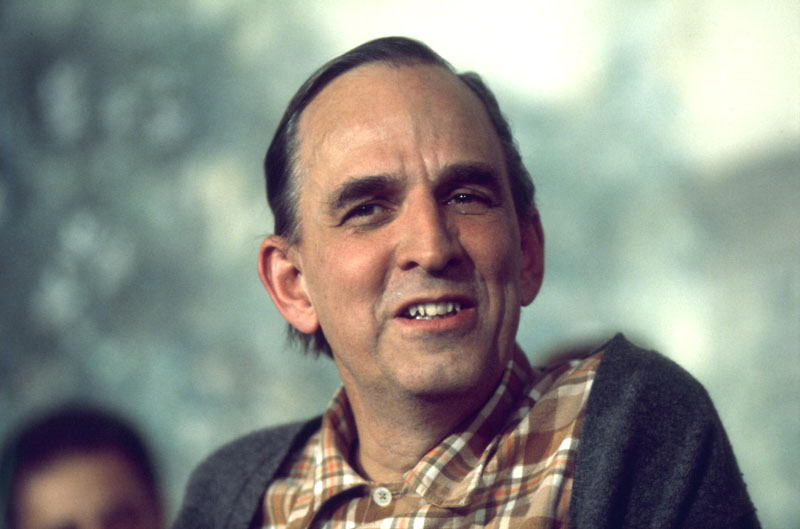
Without any doubt, the Swedish director and one of the most prominent directors of the 20th century, Ingmar Bergman, must be included in this list. When studying Bergman, we’re able to find thousands of critical writings about his work.
Bergman’s work could be divided into two periods: Early Studies, all those films made before Fanny and Alexander, and Later Studies, films made afterward. If you have had the opportunity of having watched films of both periods, you may have realized the distinctive features that make every film worth watching.
Bergman, as with other great directors like Hitchcock, created his own cinematic world, making his films very distinctive from the rest. Take, for instance, one of the most evident characteristics in Bergman’s cinema: the extreme close-ups. The facial close-ups in Bergman’s films of female characters show them not as simple heroines, but as real women confused by their doubts and passions. Another remarkable aspect we can find in his earlier films is the use of simple sets.
In “Persona,” we can perfectly find this characteristic, which makes the film even more unique, in scenes like the ones in which Liv Ullmann is hospitalized. If you haven’t watched this film yet, google “Persona hospital room Bergman” to see how a genius makes a great film out of simplicity.
It’s interesting to see that Bergman has also made films about a certain topic during certain periods of time: working class and young lovers (1944-52), marriage and woman (1952-55); metaphysics and man (1956-64); the role of the artist and woman (1966-81); and autobiography (1982-2003). For those who haven’t watched any of Bergman’s films, now it’s easier for you to choose from where to start with him.
RECOMMENDED VIEWING: Wild Strawberries (1957), The Seventh Seal (1957), Persona (1966), Cries and Whispers (1972), and Fanny and Alexander (1982)
3. Federico Fellini
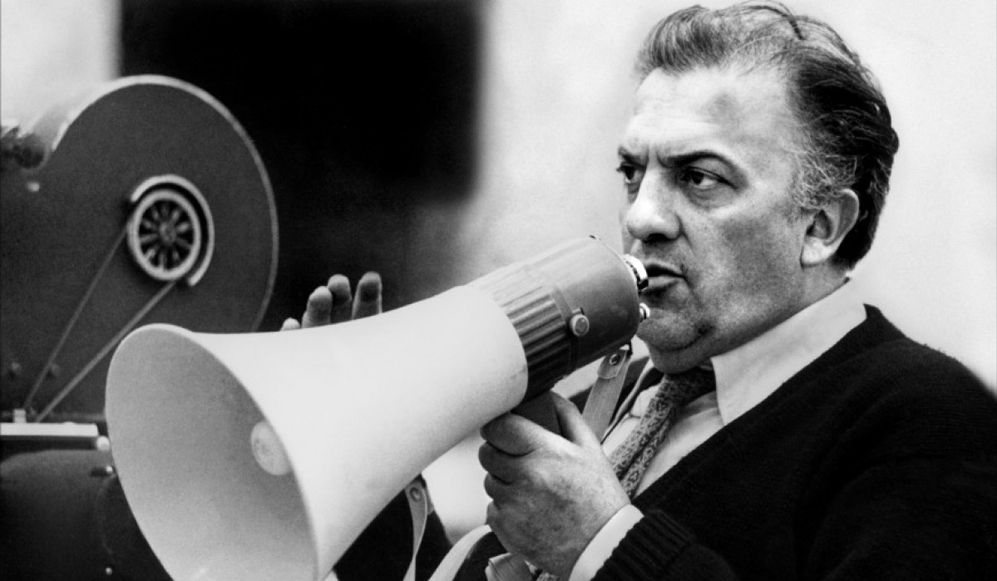
Federico Fellini is one of the most influential directors of Italian neorealism. When World War II ended, he worked as screenwriter for another great neorealist director, Roberto Rossellini, helping to create masterpieces such as “Rome, Open City” (1945) and “Paisan” (1946).
Afterward, Fellini started to make a series of major works that dealt with the Italian provincial life that made him internationally famous. Two of his most famous films won an Oscar for Best Foreign Language Film: “The Road” and “The Nights of Cabiria” (1957).
He did not simply move beyond provincial life to show a new emotional dimension, characterized with a personal poetic vision and an urge to show spiritual poverty and the necessity for salvation, but he made his movies out of common stories at the time that have a vaguely existentialist connotation. Despite this, he was a neorealist director, together with Rossellini and Antonioni, and worked in moving Italian cinema toward what Rossellini called ‘‘a cinema of the Reconstruction.”
In his films, Fellini not only reveals his genius showing perfect cinematography, but also his grasp for popular culture. During his lifetime, he received a large number of honors and 23 Oscar nominations in different categories. Although there are a lot of books on Fellini’s work, if you’re interested in knowing more about this great director, one of the best purchases you can make is Charlotte Chandler’s book “I, Fellini” (1995).
RECOMMENDED VIEWING: The Road (1954), The Sweet Life (1960), 8½ (1962), Fellini Satyricon (1969), and Amarcord (1973).
2. Akira Kurosawa
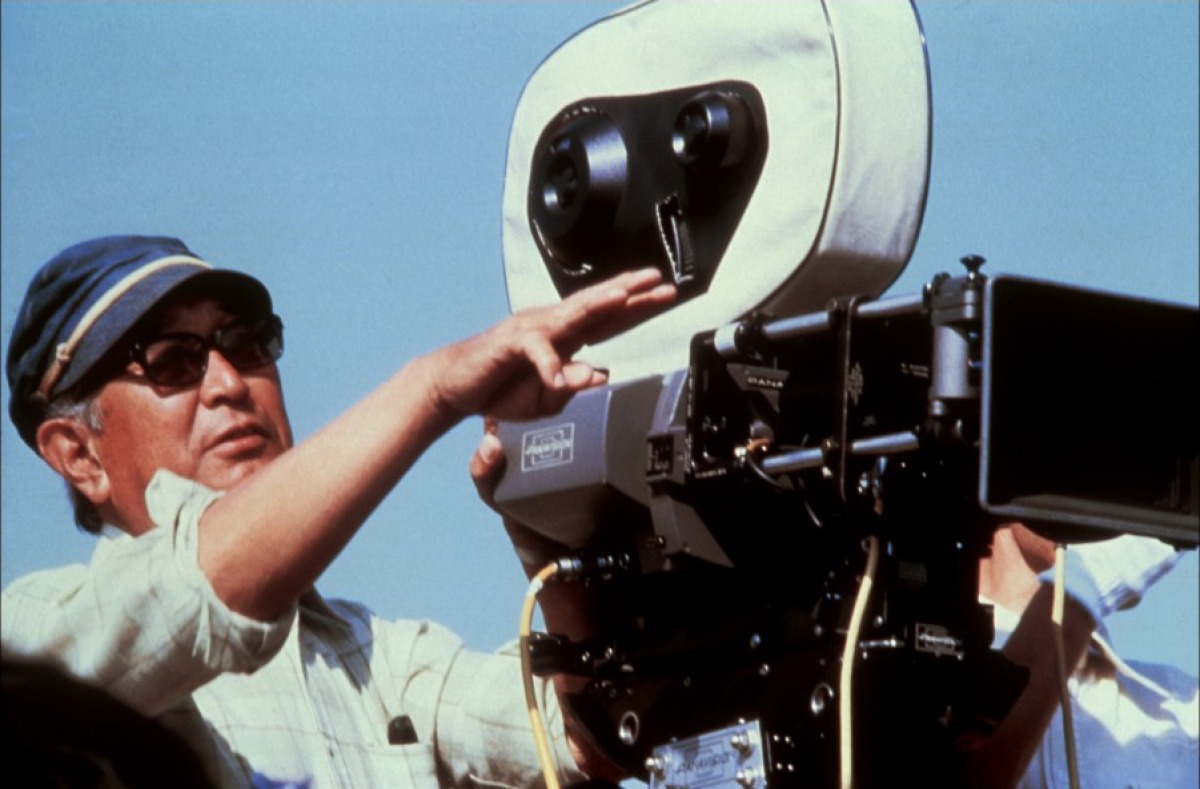
You can’t imagine how difficult was to omit Mizoguchi and Yasujirō Ozu from this list, but if you’ve watched any of Kurosawa’s films, you may understand why he’s been included. Kurosawa earned his craft by an apprenticeship program. He said in an interview that it’s very difficult to describe his own style, since every one of his movies is completely different from each other.
He was considered to be a demanding quick-tempered and hard-working perfectionist who put a lot of effort into creating incredible sets and props combined with a powerful soundtrack, and for that reason, he earned the moniker of Tenno, The Emperor.
We can find in his films various themes such as division of class, government corruption, criticism of bureaucracy, and the awakening of a hero. Kurosawa studied history very carefully and this helped him to create a very realistic image of the samurai (ronin).
One of his first films, “Yojimbo,” earned the highest gross of any Kurosawa’s film up to that point, and it was the first Japanese film to be an inspiration for another great director, Sergio Leone. In terms of formal aspects, what characterizes “Yojimbo” is the tendency for using a longer focal lengths over wider lenses.
Many are those cinemagoers who don’t really know how important Kurosawa has been for the history of cinema and influential for great films such as “A Fistful of Dollars” (1964), “Star Wars: Episode IV – A New Hope” (1977), “Miller’s Crossing” (1990), and even Wes Anderson’s “Isle of Dogs” (2018).
RECOMMENDED VIEWING: Rashomon (1950), Ikiru (1952), Seven Samurai (1957), Yojimbo (1961), and Ran (1986).
1. Alfred Hitchcock
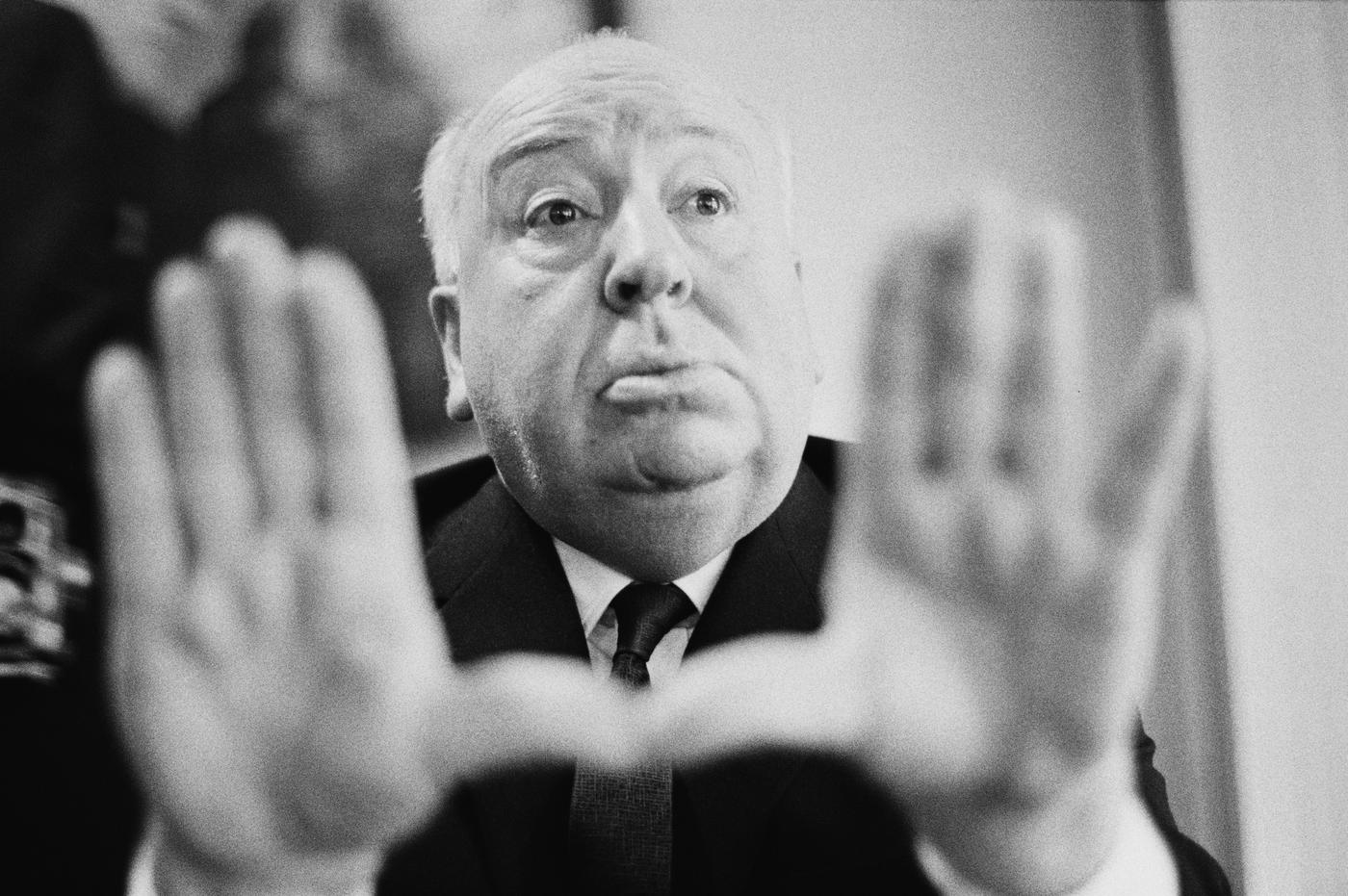
Sir Alfred Joseph Hitchcock is such a great director and celebrity that he’s easily recognized by everyone, even for those who haven’t had the chance of watching one of his films. Hitchcock, along with Howard Hawks, became a key test case for the possibility for authorship within popular cinema.
We couldn’t list all the works that analyze Hitchcock’s films. One of the film critics who made a thorough analysis of Hitchcock’s work was Robin Wood, who claimed that “Hitchcock is a moralist who forces spectators to confront their own darker impulses through ‘therapeutic’ viewing experiences.”
In “Psycho,” the images viewers watch keep a hypnotic grip on viewers making them witness one of the scariest movies of cinema. The Kafkian atmosphere in which we’re immersed in “Psycho” creates a claustrophobic world of fear and psychosis which is connected with action.
The construction of this world is built, like Antonioni did in some of his films, with a visual pattern of verticals and horizontals. Not only are formal elements relevant when studying Hitchcock, but his masterful narration has given to the history of cinema the most canonical scenes which could be analyzed from any perspective.
Below you’ll find a list of four great books that are proof that Hitchcock’s films are not only worthy of watching, but worthy of studying and analyzing.
Derry, Charles. The Suspense Thriller: Films in the Shadow of Alfred Hitchcock. Jefferson, NC: McFarland, 1988.
Rebello, Stephen. Alfred Hitchcock and the Making of Psycho. New York: Dembner Books, 1990, and St. Martin’s Griffin, 1998.
Rothman, William. Hitchcock: The Murderous Gaze. Cambridge, MA: Harvard University Press, 1982.
Wood, Robin. Hitchcock’s Films Revisited. New York: Columbia University Press, 1989
RECOMMENDED VIEWING: Rebecca (1940), Rear Window (1954), Vertigo (1958), North by Northwest (1959) and Psycho (1960).